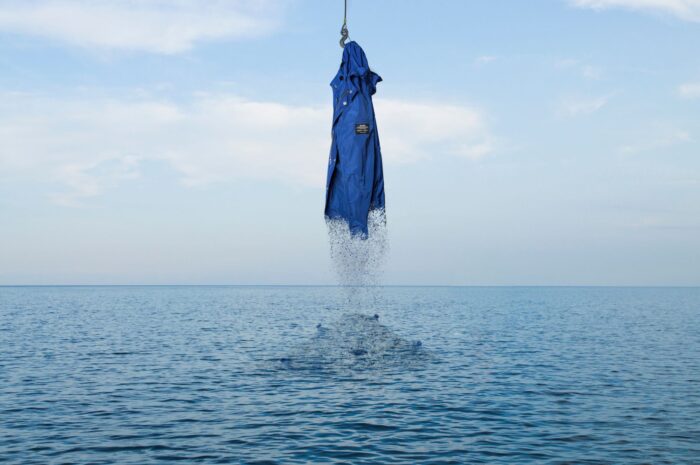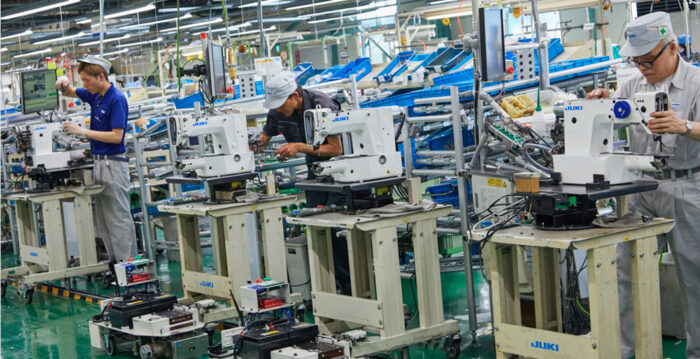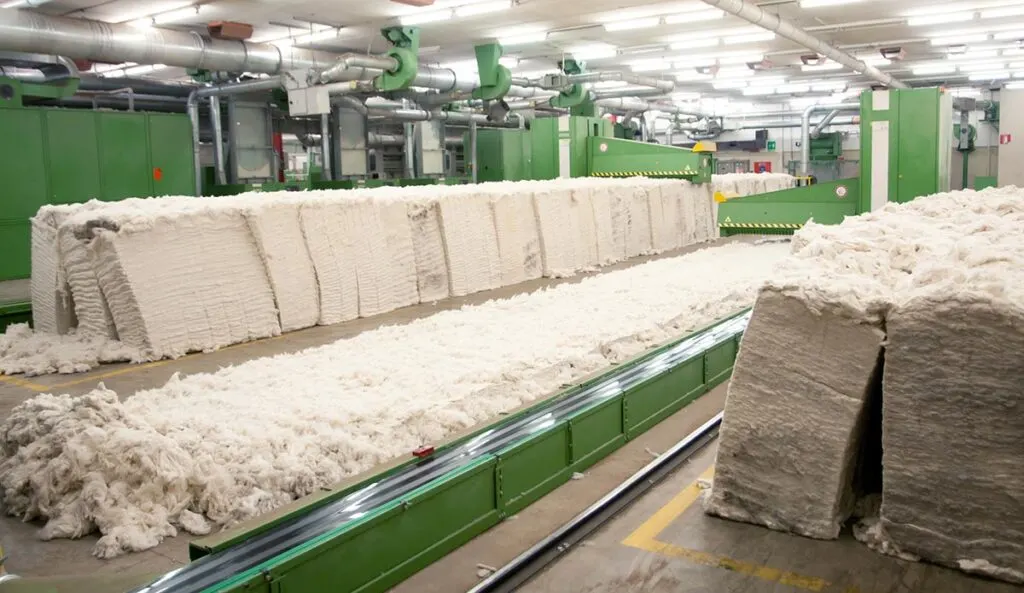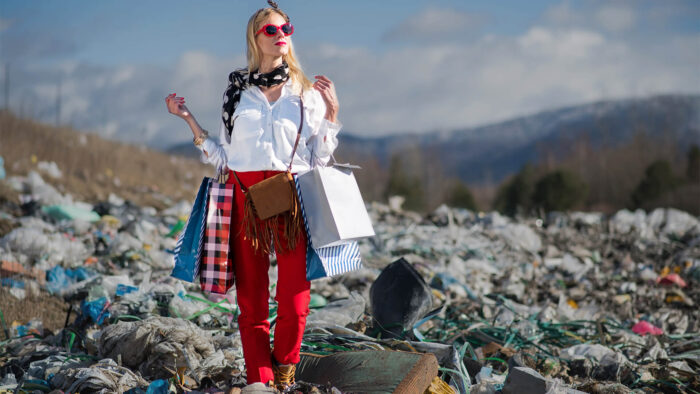Despite all the hype around sustainable fashion, it’s a complicated concept.
In short, sustainability in fashion brands is about using sustainable materials and producing less environmentally-impact clothing.
It’s about reducing the rate of overproduction (Some brands refresh their collection every two weeks, while other brands produce new clothes at an astonishing pace). It’s also about repairing and extending the life of clothes.
Water

Few industries tout their sustainability credentials more forcefully than fashion. Products ranging from yoga mats made from mushrooms to sneakers from sugar cane dot retail shelves.
Brands are marketed as carbon-positive, organic, and vegan, and new business models such as renting, reselling, swapping, and repairing have gained popularity. But despite these high-profile efforts, the fashion industry is still one of the most polluting industries.
The most significant environmental impact comes from the water used to make garments. Cotton cultivation, for example, uses huge amounts of water and requires pesticides that wash into waterways and damage ecosystems.
The dyeing and finishing processes also require large amounts of water, as does the production of yarns and fibers. The washing of textiles releases microplastics into the water and is one of the leading causes of plastic pollution.
The fossil fuel-based electricity used to run sewing machines and factory air pumps contributes significantly to global greenhouse gas emissions. The industry’s 10% share of the global carbon footprint is surpassed only by the energy consumption of the oil and gas sectors.
Sustainable brands seek to decrease water-related risks and invest in renewable energy to reduce their footprint. They also strive to ensure their garments are not made in water-stressed regions. They do this by ensuring their suppliers follow the CDP’s water use management and monitoring requirements.
Energy

Few industries tout their sustainability credentials more forcefully than fashion, but the industry’s planetary impact has remained relatively high in the past quarter century. Pressure to churn out new styles at a frenetic pace has been matched with a shift toward cheaper, less durable materials like polyester. The result is that more clothes are produced, worn, then discarded—three-quarters of which end up in landfill or are burned for energy.
Electricity is needed to power sewing machines, air pumps, and heat-producing dyeing machines in textile factories. Moreover, it takes fossil fuels to power these plants and the shipping vessels to move garments from factory to store.
The outcome is that the fashion sector is responsible for 10% of global carbon emissions. That exceeds the sum of all overseas travel and shipping.
The good news is that there are plenty of ways to reduce these environmental impacts. Using renewable electricity, switching to organic fabrics, and reducing waste are some of the best ways to cut your fashion footprint. Other options include:
- Buying high-quality clothes that last longer.
- Shopping at second-hand stores.
- Repairing clothing, you already own.
Additionally, governments must rewrite the rules to ensure that negative externalities are priced to encourage innovation and speed up the adoption of cleaner technologies like renewable energy and bio-based materials.
Carbon Emissions

As the industry grapples with its carbon footprint, it has a unique opportunity to lead a culture with creative and respectful boundaries. From a design perspective, there are many options to reduce waste along the entire supply chain, from fabric rolls and components delivered to manufacturers to protective packaging used in distribution and shipping to plastic shopping bags and wrapping used for online purchases.
The production of a kilo of cotton, one of the most common fabrics in fashion, requires around 7500 liters of water. This amount is equivalent to ten years of drinking water for one person.
Cotton cultivation also relies heavily on pesticides sprayed into the air and on crops, polluting water and land and causing disease in people and animals. These chemicals are then washed into rivers, contaminating clean water streams and aquifers supplying water to cities and villages.
Using recycled polyester instead of virgin polyester, a process that requires high energy inputs can help to reduce these emissions. But this is not a complete solution since the garments will eventually end up in landfills and can shed microfibres that pollute our waterways again.
Consumers can reduce their carbon footprint by avoiding purchasing new clothing and accessories, buying second-hand clothes, visiting vintage and thrift stores, or reducing the number of times they wash their garments (which can be done by avoiding tumble drying where possible).
They can lower their impact by choosing sustainable brands that use innovative, less harmful materials, such as cellulose from trees, instead of non-biodegradable petroleum-based synthetics.
Waste

Fashion production demands water resources and pollutes the environment with toxic chemicals. This harms wildlife and ecosystems and causes illness in humans. It also leads to ocean acidification, which affects entire marine food chains and impacts human health.
The fashion industry is the second largest water consumer worldwide. It takes 2,000 gallons of water to produce just one cotton T-shirt, enough for two people to drink for three and a half years. That is a massive amount of water that could be better used by the people living with water scarcity around the world.
Sadly, the fashion industry still produces more clothes yearly and consumes more water. This is why it is so important for consumers to buy only what they need and wear their clothing longer.
Sustainable brands are working to reduce waste in many ways. For example, DyeCoo has developed a dyeing technique that uses waste CO2 instead of water and chemicals. They also use chitin, derived from the shells of crabs and other seafood, to filter out chemicals from wastewater.
Other innovations include mobile body scanning, which allows designers to create garments that are custom-fitted to the customer, and 3D printing, which enables the designer to work out all of the details digitally before the fabric is printed, which minimizes trial and error. Lastly, some companies offer on-demand product fulfillment, where the product is only made once ordered, reducing inventory waste.



